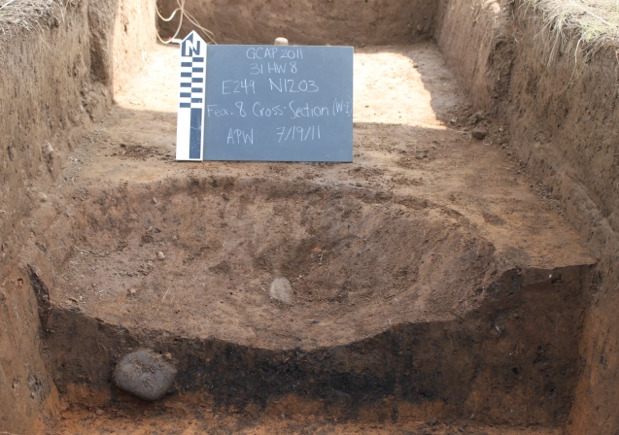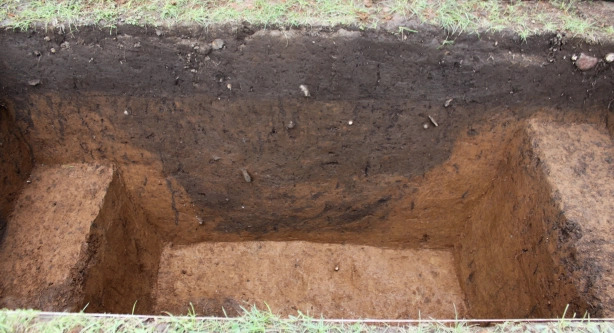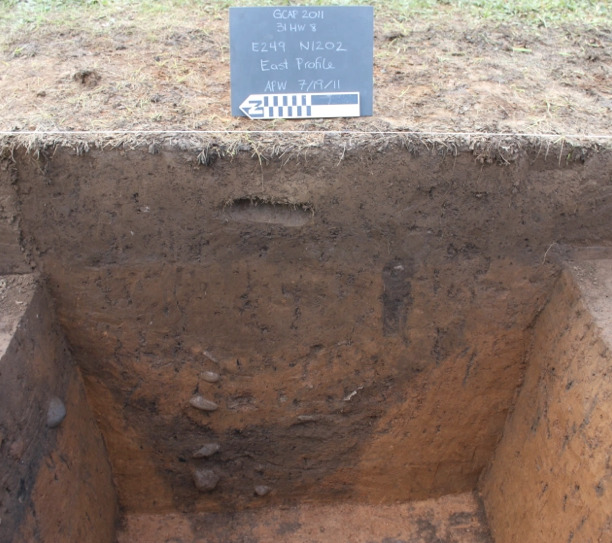How do Archaeologists Know?
In order for archaeologists to answer questions about the past, they draw on a range of ideas and apply a variety of methods in the field. For example, archaeologists can learn a great deal about the past from communities living in the present who are descended from a site’s original inhabitants and share some of the same cultural foundations. At Garden Creek, this meant consulting oral histories and traditions of the Eastern Band of Cherokee Indians to better understand the site’s history and significance. Over many decades, excavation was the primary archaeological field method employed at Garden Creek. But more recently , new technology has emerged that has allowed archaeologists to gather information and make conclusions has not required as much physical excavation
Because the archaeologists excavating the Garden Creek site did not have a contemporary community with ties to the site's past to learn from, other means of asking and answering research questions were employed. The primary method in answering questions about sites in archaeology involves excavating the area. Excavation remains to be the most practiced form of archaeology, but over the past century, new technology has emerged that allows archaeologists to gather information and make conclusions regarding their research that does not require physical excavation of sites.


